The Belarusian national costume is more than just a collection of traditional garments; it represents the soul and identity of a nation. Each piece carries with it stories from the past, cultural significance, and artistic expression that speaks to both the history and future of Belarus. From intricate embroidery to vibrant colors, these costumes are a visual representation of the people’s connection to their land and traditions.
The Historical Significance of Belarusian National Costume

The roots of the Belarusian national costume can be traced back centuries, deeply intertwined with the agricultural lifestyle and the historical events that shaped the region. This deep-seated heritage is rich with meanings, traditions, and practices that reflect not only the clothing itself but also the people who wear them.
Origins and Evolution
The evolution of the Belarusian national costume has been influenced by various factors over time. Its origins lie in the daily lives of the rural population, where clothing served practical purposes first and foremost.
Rural communities primarily relied on locally sourced materials: linen, wool, and hemp. Linen was particularly favored due to its breathability and comfort, which suited the varying weather conditions in Belarus. Over the years, as trade routes expanded and cultural exchanges increased, the influences of neighboring countries began to shape the designs and styles of Belarusian clothing.
As these influences mingled with local customs, unique patterns emerged. For instance, the geometric patterns often embroidered on garments are not merely decorative; they symbolize fertility, protection, and prosperity. It’s fascinating to see how each stitch tells a story of the community’s aspirations and beliefs.
Cultural Reflections
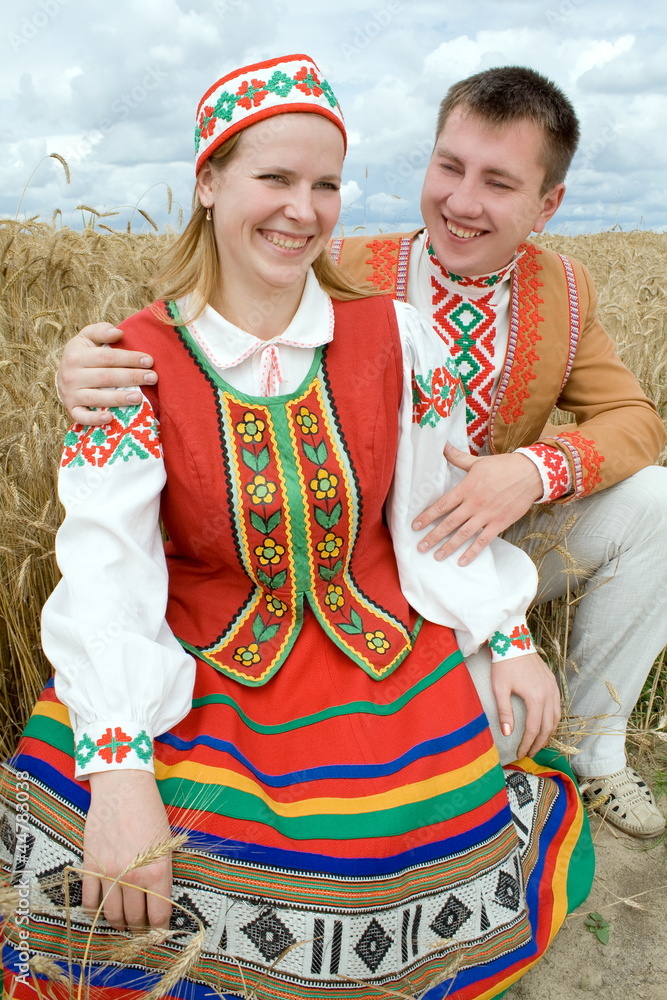
Every element of the Belarusian national costume, from the fabric choices to the design motifs, provides insight into the values and customs of Belarusian society. Traditional attire often features bright colors and intricate embroidery, portraying nature and elements important to the Belarusians, such as flowers, animals, and celestial bodies.
Additionally, specific garments were associated with different life stages or social statuses. For example, the sarafan, a long dress typically worn by women, symbolized youth and fertility, while variations in color and design indicated age and marital status. This relationship between clothing and social identity reflects the profound connection between personal and communal narratives in Belarusian culture.
Gender Roles and Attire

The Belarusian national costume offers an insightful lens through which to explore gender dynamics within Belarusian society. Men and women’s clothing serves different functions, yet both are equally imbued with cultural significance.
Men traditionally wore trousers, shirts, and vests, often embellished with symbolic embroidery. The craftsmanship behind male attire demonstrates not only aesthetic appeal but also functional utility for agricultural life.
Conversely, women’s attire, particularly the sarafan, highlights societal expectations surrounding femininity, beauty, and role within the family structure. The meticulous attention to detail in women’s clothing embodies the cultural emphasis placed on women’s roles as caretakers and nurturers, further weaving their identity into the fabric of Belarusian culture.
The Artistry Behind the Belarusian National Costume
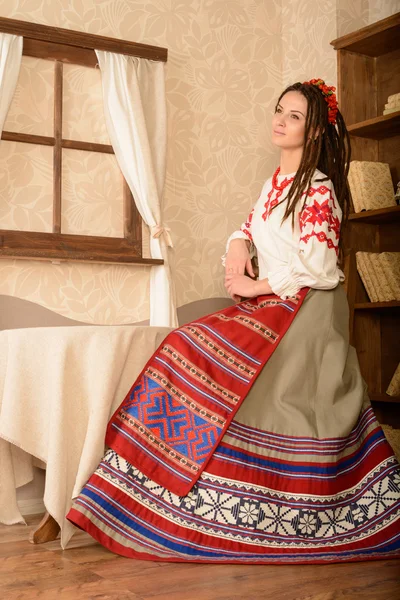
Artistry is at the heart of the Belarusian national costume, manifested through elaborate embroidery, dyeing techniques, and garment construction. Each piece is not merely clothing but a canvas reflecting the skills, creativity, and cultural heritage of artisans.
Embroidery Techniques
Embroidery plays a crucial role in the aesthetics of Belarusian clothing, with each stitch telling a story. The use of needlework dates back generations, and distinct regional styles have developed, each with unique patterns and colors.
Traditional motifs often involve floral designs, geometric shapes, and symbols of abundance and protection. These patterns are not randomly chosen; they are deeply rooted in folklore, often passed down through generations. It’s a form of storytelling that transcends time, allowing contemporary wearers to connect with their ancestors.
When observing the intricacies of the embroidery, one cannot help but appreciate the dedication and skill that goes into creating these works of art. Contemporary designers in Belarus are now exploring ways to infuse modern themes into traditional embroidery, creating a dialogue between past and present.
Dyeing Methods

Color is an essential aspect of the Belarusian national costume, not only for aesthetic reasons but also for symbolism. Natural dyes derived from local plants were historically used to create vibrant shades that conveyed messages about the wearer’s status, moods, or even seasons.
For instance, red is often associated with joy and love, while blue may symbolize calmness and loyalty. The colors seen in traditional clothing are not arbitrary; they resonate with the emotional landscape of the Belarusian psyche.
Today, many artisans are reviving ancient dyeing techniques, experimenting with sustainable practices to recreate traditional hues while ensuring the preservation of cultural heritage. This revival emphasizes the importance of sustainability in fashion, aligning modern practices with historical methods.
Garment Construction
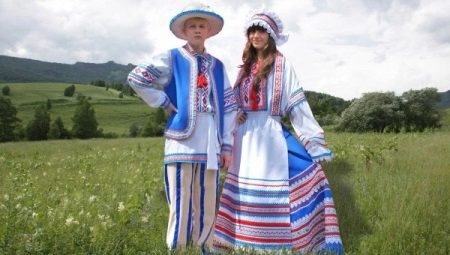
The crafting of the Belarusian national costume is an art form in itself. Techniques for constructing garments have evolved, yet many traditional methods remain unchanged. Understanding these techniques reveals the ingenuity and adaptability of Belarusian culture.
Handmade garments often feature layers, providing warmth and flexibility suitable for Belarus’ climate. The layering technique adds depth to the wearer’s outfit, allowing for combinations that highlight individual style while respecting tradition.
In recent decades, there has been a resurgence in handcrafted clothing, with younger designers bringing a fresh perspective to traditional garments. Their innovative approaches blend practicality with artistry, ensuring that the costumes remain relevant in today’s fast-paced world.
The Role of the Belarusian National Costume in Contemporary Culture
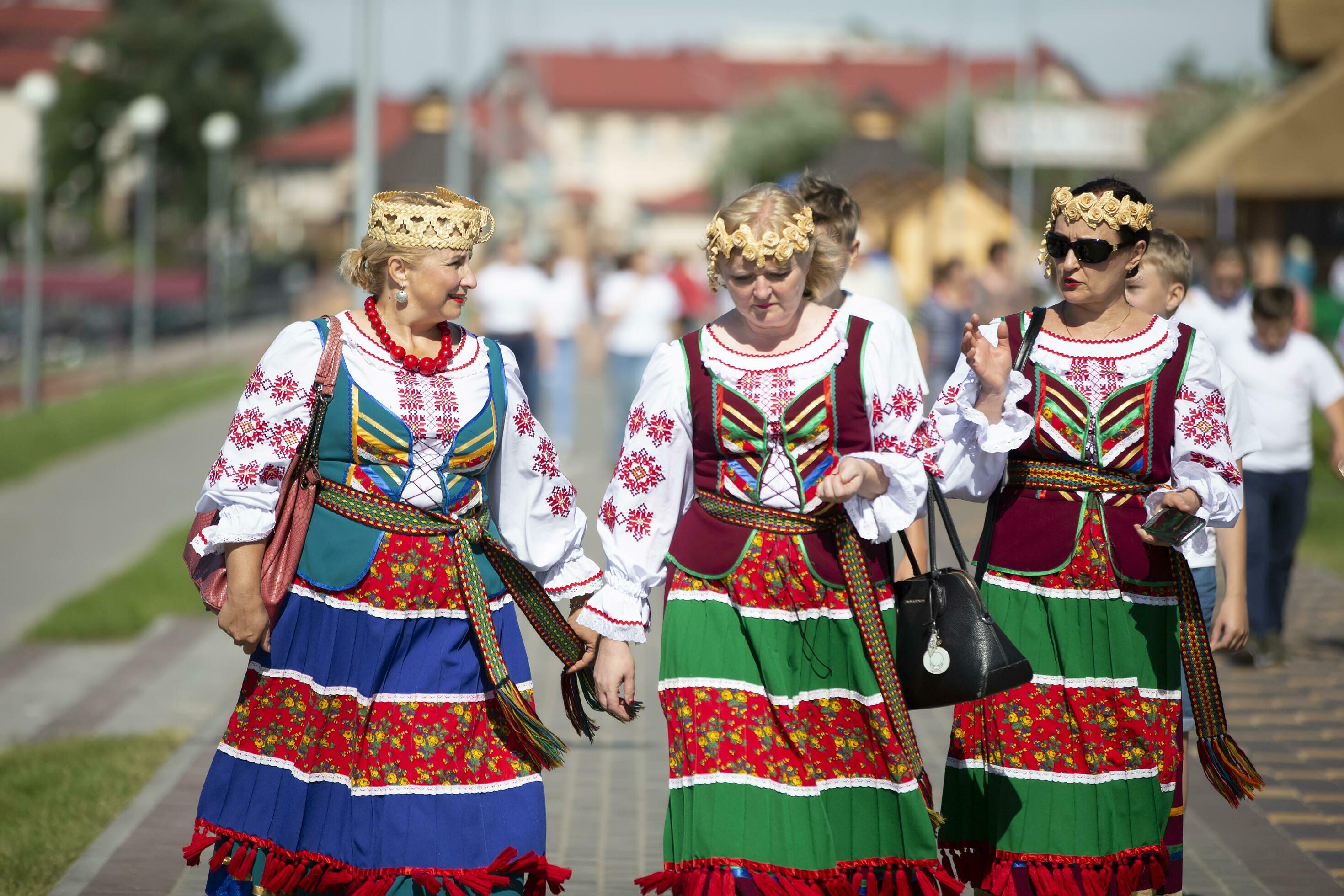
As globalization continues to impact cultures worldwide, the Belarusian national costume faces both challenges and exciting opportunities for growth and revitalization. Designers, cultural enthusiasts, and the general public are actively engaging with traditional attire, leading to a harmonious blend of old and new.
Modern Interpretations

Contemporary designers in Belarus are increasingly incorporating traditional elements into modern fashion, creating pieces that resonate with younger generations. By reimagining the Belarusian national costume through a contemporary lens, these designers ensure that the essence of the traditional garments remains alive and well while appealing to the tastes of today’s consumers.
This fusion of styles bridges the gap between generations, allowing older individuals to share the significance of their heritage while encouraging younger people to embrace and reinterpret their cultural identity. Such collaborations often lead to innovative collections that attract attention both locally and internationally.
Cultural Festivals and Events
.jpg/800px-Dziesmu_un_deju_svētku_pasākumi_2018_(42410779204).jpg)
Cultural festivals play a vital role in keeping the Belarusian national costume alive. Festivals celebrating folk traditions provide platforms for showcasing traditional crafts, music, dance, and, most importantly, fashion.
During these festivals, the vibrant colors and intricate designs of the costumes come to life, fostering a sense of pride and belonging among participants. The costumes tell stories of resilience and unity among the Belarusian people, creating bonds that transcend individual experiences.
Moreover, festivals offer an opportunity for artisans and designers to network, share ideas, and collaborate. This exchange of knowledge and creativity fosters innovation while preserving traditional techniques, ensuring that the cultural heritage remains dynamic rather than static.
Challenges and Preservation Efforts
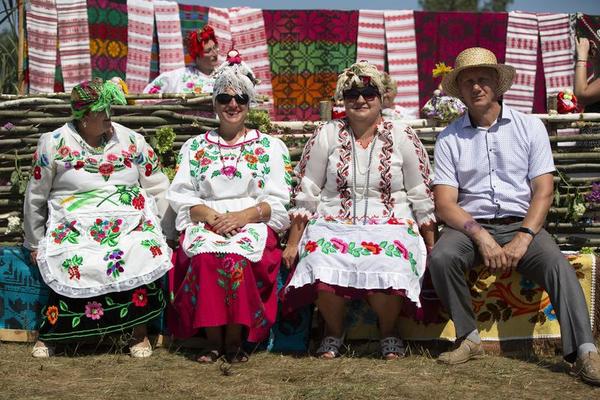
The globalized fashion industry presents significant challenges for the sustainability of the Belarusian national costume. Fast fashion trends can overshadow traditional garments, leading to a decline in interest and appreciation for handmade clothing.
However, awareness around sustainable fashion is growing, prompting a renewed focus on preserving cultural heritage through ethical practices. Various organizations and initiatives have emerged in Belarus, dedicated to promoting traditional crafts, supporting local artisans, and educating the public about the value of cultural heritage.
These efforts contribute to a vibrant cultural ecosystem that champions the Belarusian national costume, inspiring both wearers and creators to celebrate their shared identity. It’s heartening to witness a passionate commitment to preserving the past while adapting to contemporary realities, ensuring the survival of this rich cultural tapestry.
Conclusion

The Belarusian national costume stands as a symbol of resilience, creativity, and cultural pride. With deep historical roots and a promising future, these garments are much more than fabric stitched together; they embody the spirit of a people.
As we navigate the complexities of modernization and globalization, the challenge remains to maintain the integrity of this rich heritage while embracing contemporary influences. The ongoing dialogue between tradition and innovation will undoubtedly strengthen the bond between Belarusians and their cultural identity, paving the way for future generations to cherish and wear their history with pride.
Through education, collaboration, and celebration, the Belarusian national costume will continue to evolve, adapt, and thrive, weaving together the threads of history, artistry, and modernity into a vibrant tapestry that reflects the soul of the Belarusian people.
✉️ Stay Connected — Subscribe for Weekly Updates
Discover timeless stories, practical wisdom, and beautiful culture — delivered straight to your inbox.
*We only share valuable insights — no spam, ever.





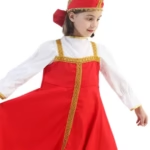
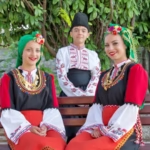
avenue17
Tháng mười một 28, 2024It is remarkable, this rather valuable message